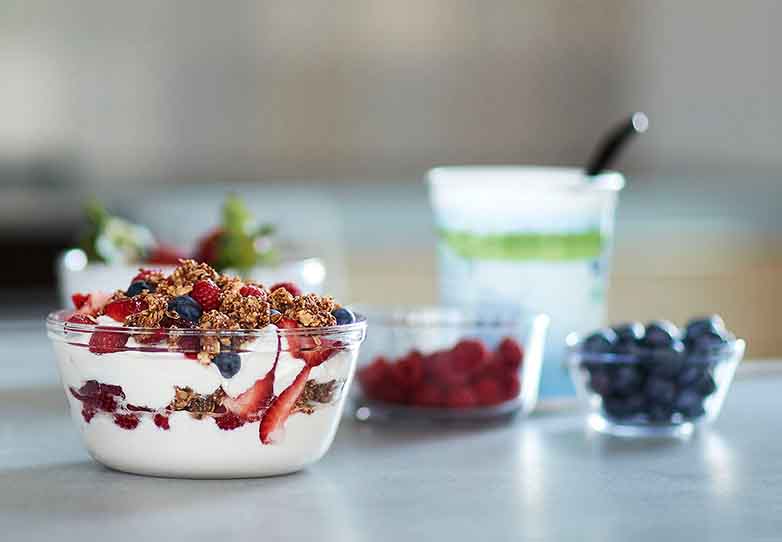Why eating well with HypoPara is so important
Living with HypoPara means that your body no longer makes enough PTH. This hormone is important because it helps maintain your body’s calcium levels. It also supports how other essential vitamins and minerals work in your body. So, along with medical care, healthy eating is a valuable part of your treatment plan. Why? Because what you eat may affect your calcium levels.
By making small dietary changes, you can help manage your calcium levels and improve symptoms of HypoPara. You can use these tips as a guide to help you plan meals with healthy benefits for living with HypoPara. Be sure to discuss your eating plan with a member of your healthcare team to confirm you are getting all you need from your food choices.
Here are 5 key considerations to help you eat well with HypoPara:

Eat calcium-rich foods
Your body not only needs calcium to keep your bones strong, but to help muscles, nerves, and your heart work as they should. Low levels of calcium can cause symptoms that range from mild to severe. This may include muscle spasms, tingling of the hands and feet, heart problems, and seizures
-
Good sources of calcium include:
- Dairy products, like milk, yogurt, and cheese
- Some vegetables, like kale, broccoli, and Chinese cabbage (bok choy)
- Sardines and salmon (with bones)
- Fortified foods with added calcium, such as many fruit juices, tofu, and breakfast cereals
Tip: Squeeze a lemon over leafy greens to help your body absorb the calcium.

Add foods with vitamin D
One of the main roles of vitamin D is to help your body absorb calcium from the food you eat. It also helps to maintain your blood calcium levels. Not many foods naturally contain vitamin D, so most of the vitamin D in our diets comes from fortified foods. This means that vitamin D is added to the food product
-
Good sources of vitamin D include:
- Salmon, trout, sardines, canned tuna, egg yolks, and mushrooms
- Fortified foods including cereals, orange juice, yogurt, and plant-based milks like those made from almonds or oats
Tip: Try soy or oat milk in your next morning shake.

Limit foods high in phosphorus
High levels of phosphorous can prevent your body from absorbing the calcium you eat or take as a supplement. Your doctor may want you to limit foods that are high in phosphorus. Instead, try to choose low-phosphorus foods, like fresh fruits and vegetables, lean protein sources, and whole grains
-
Try to avoid these foods with added phosphorous:
- Processed meats and cheeses
- Bottled drinks and sodas
- Organ meats
Tip: Replace soda with flavored water, juice, or lemonade.

Avoid high-sodium foods
Having a lot of sodium can cause your body to get rid of more calcium in the urine. Therefore, it is important to lessen the amount of salt you cook with and limit how much salty foods you eat. High-sodium foods include processed foods, canned foods, and restaurant meals
Tip: Read food labels to help you choose foods low in sodium (less than 140 mg per serving).
If you have HypoPara, it is important to talk with a healthcare professional before changing your diet.
<< More diet and nutrition resources
HypoPara=hypoparathyroidism; PTH=parathyroid hormone.




